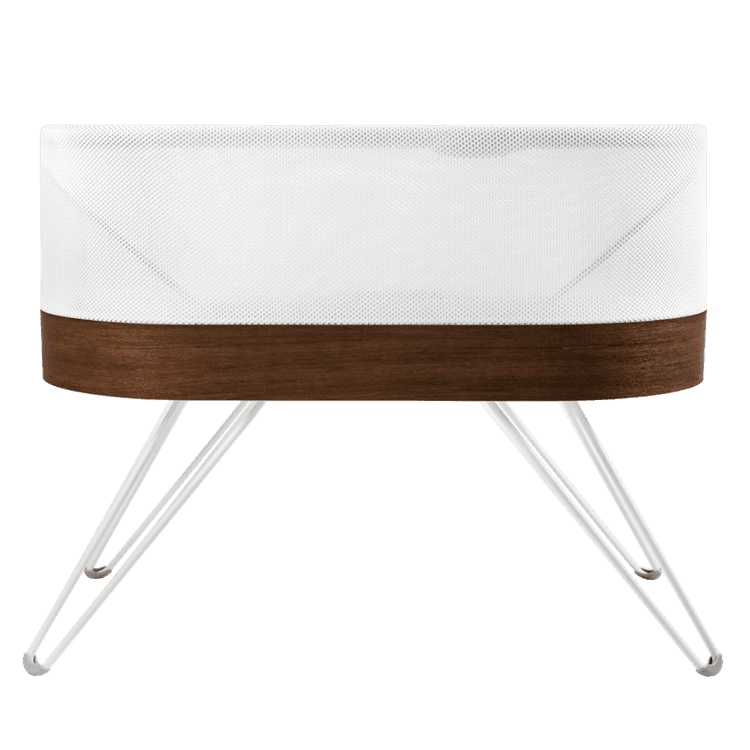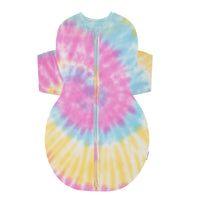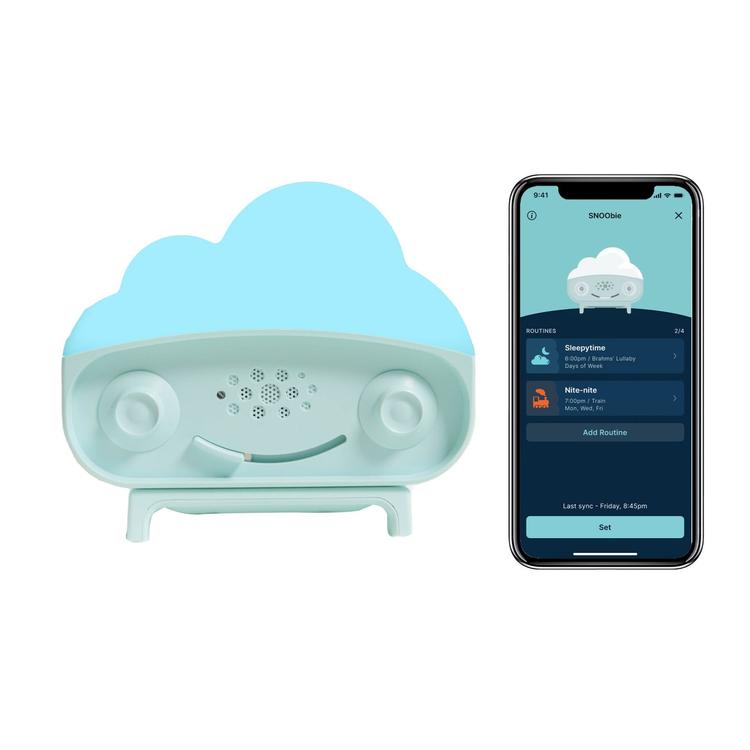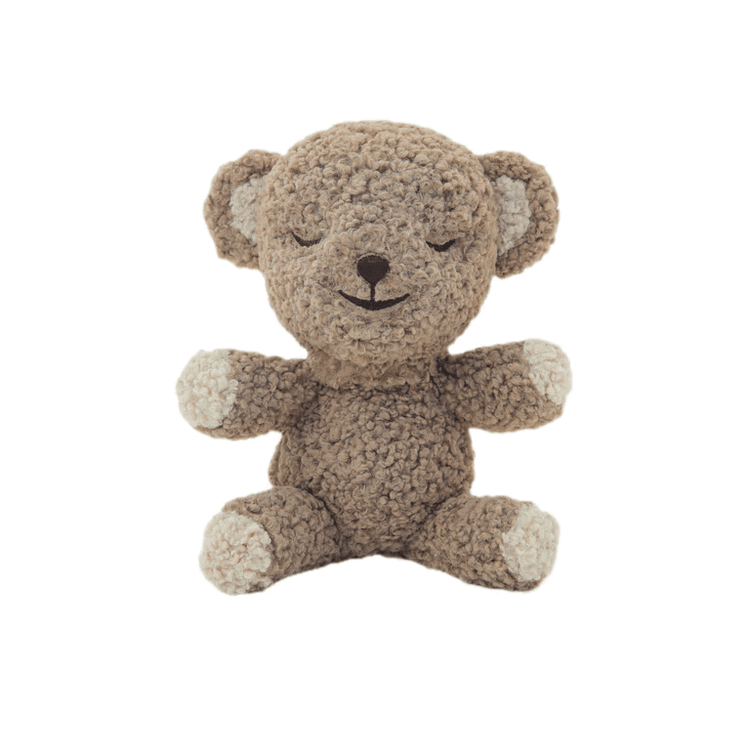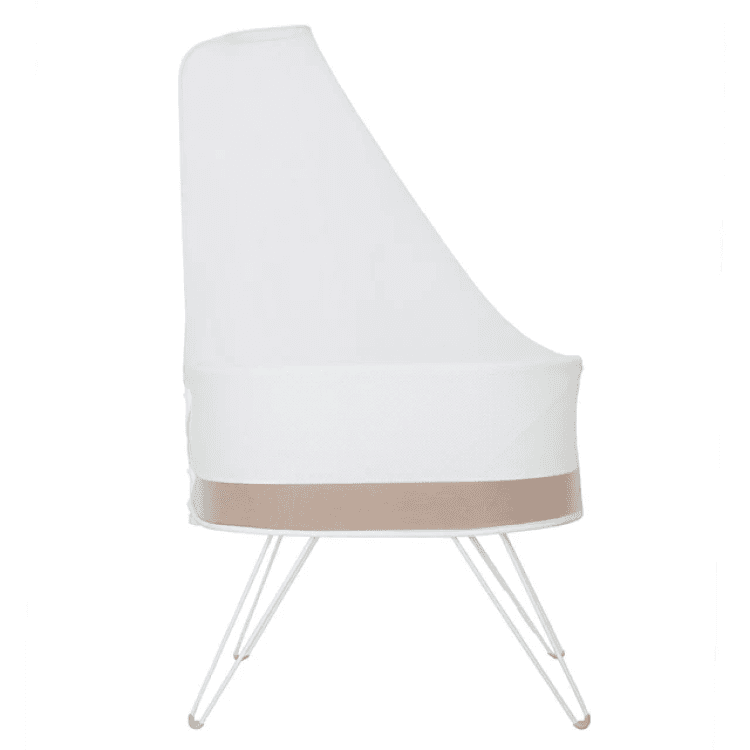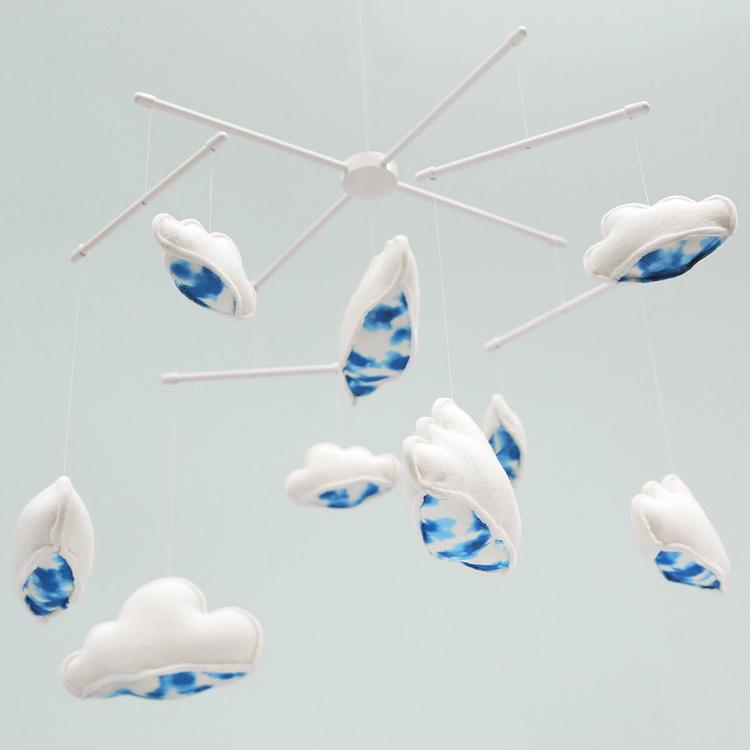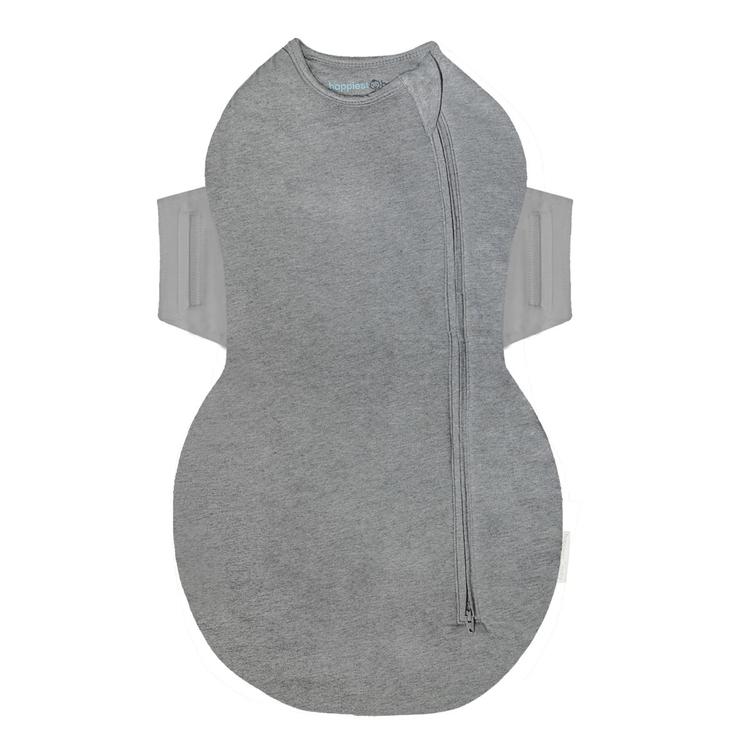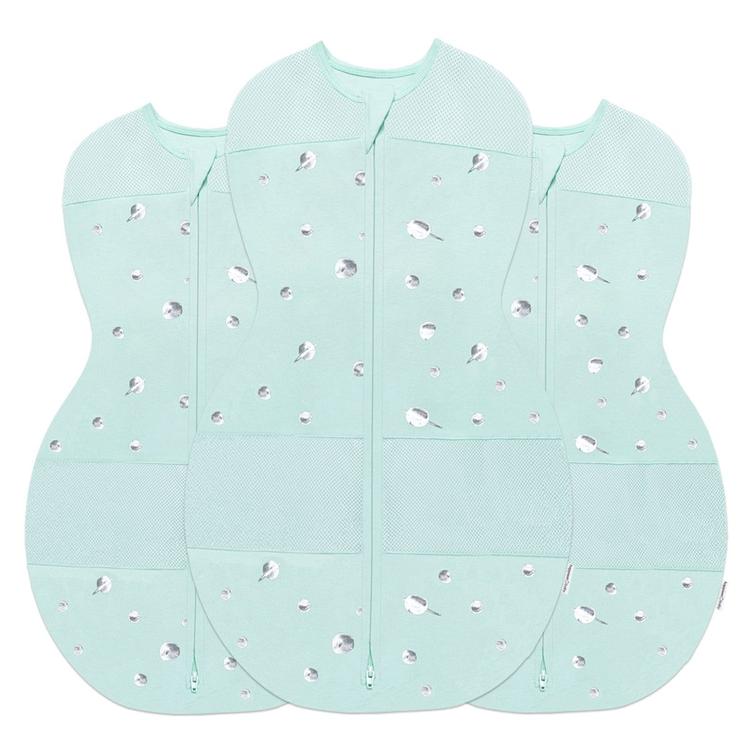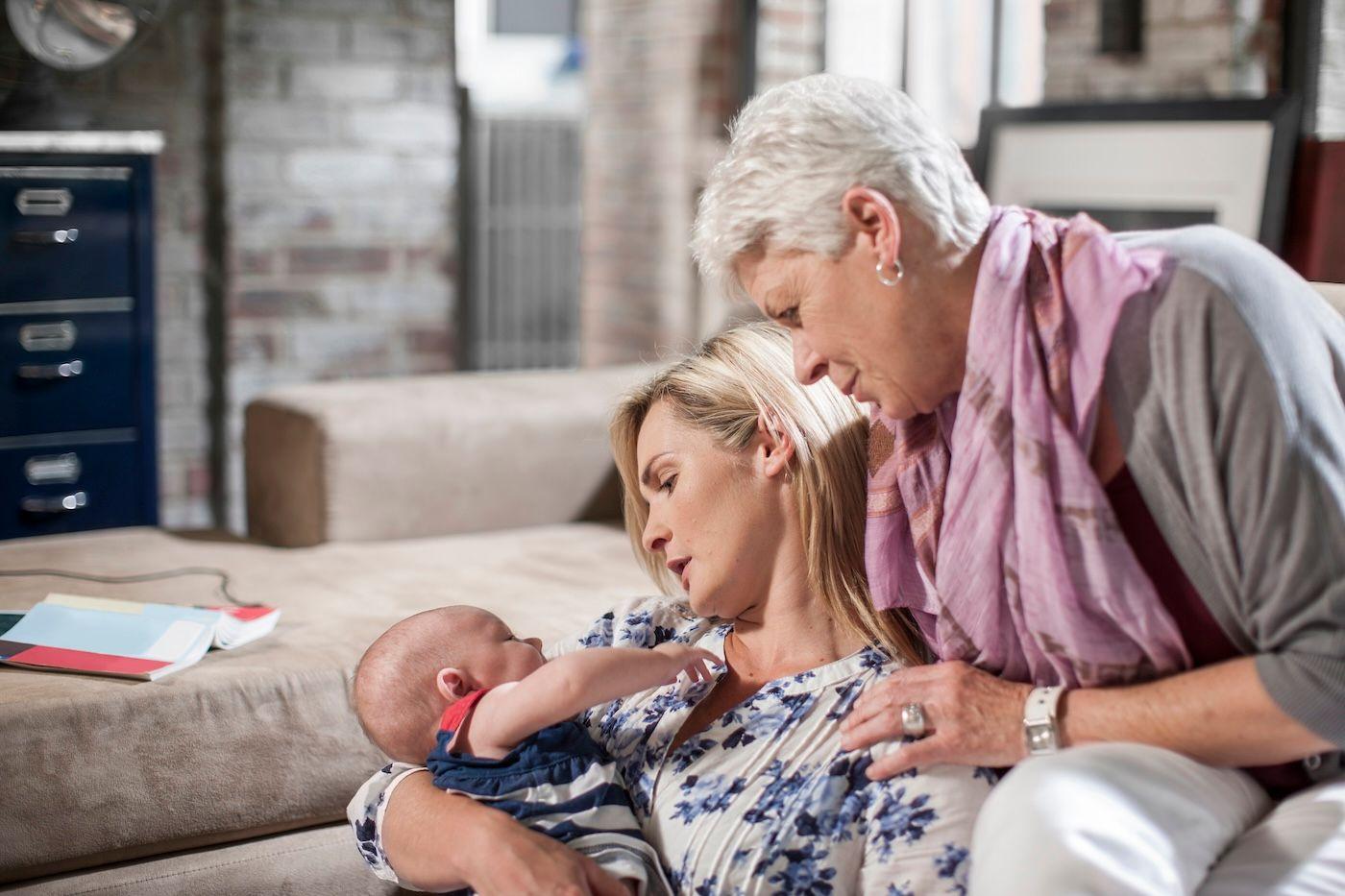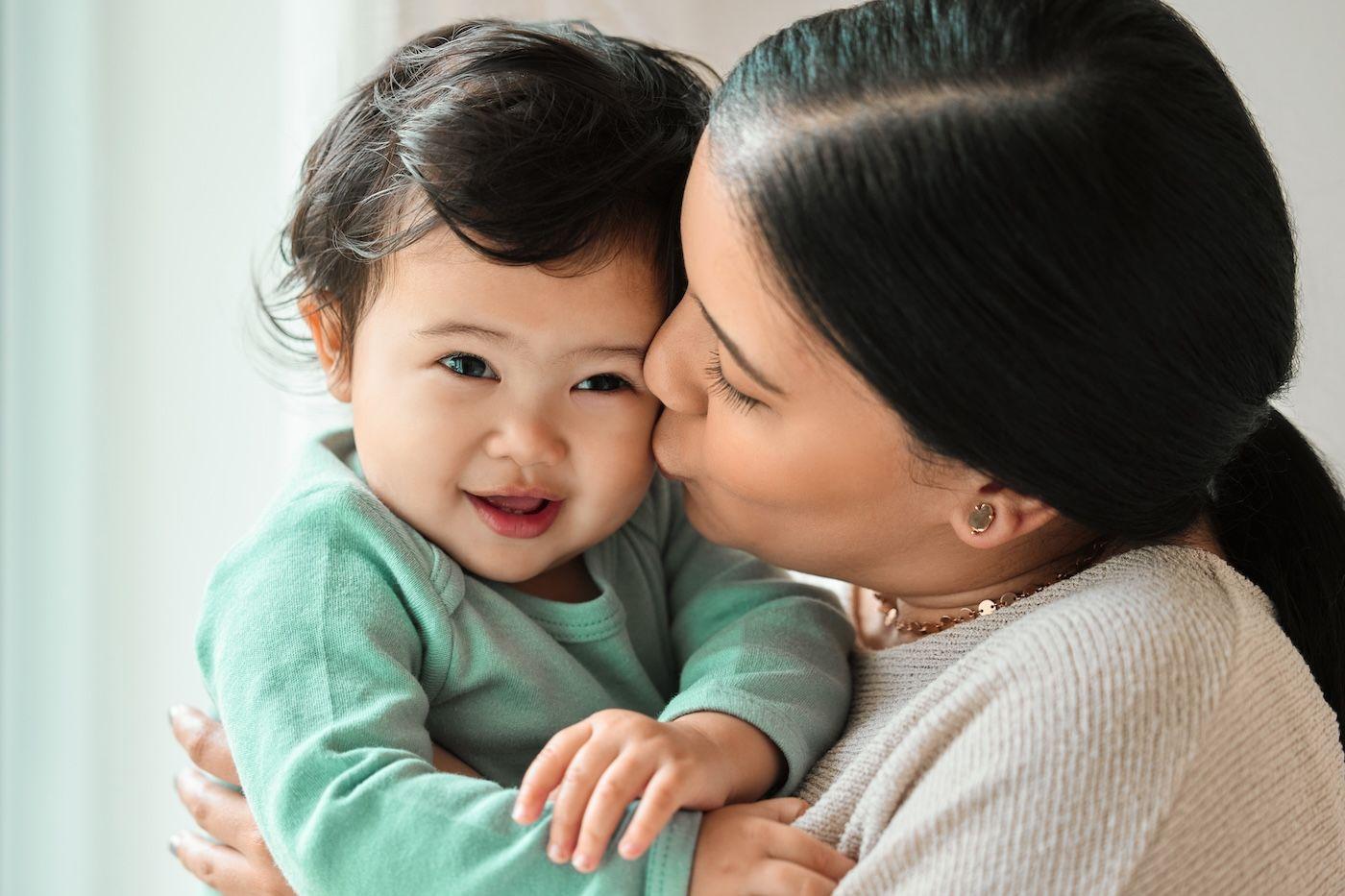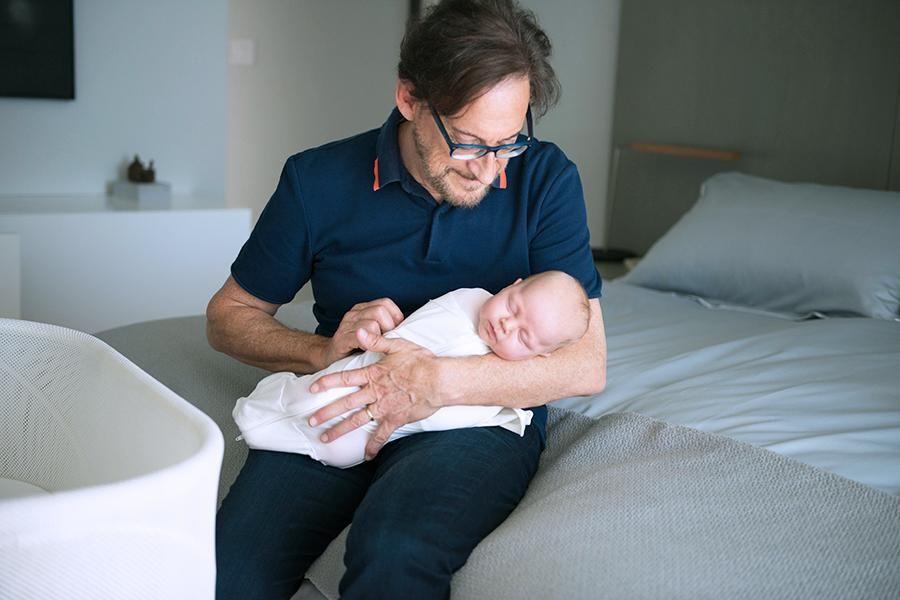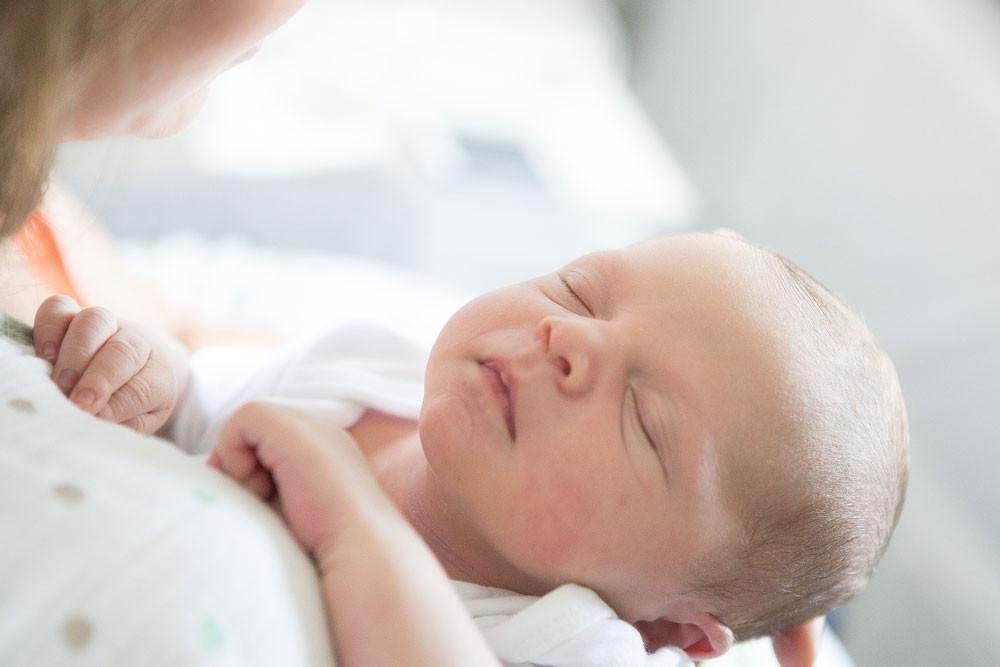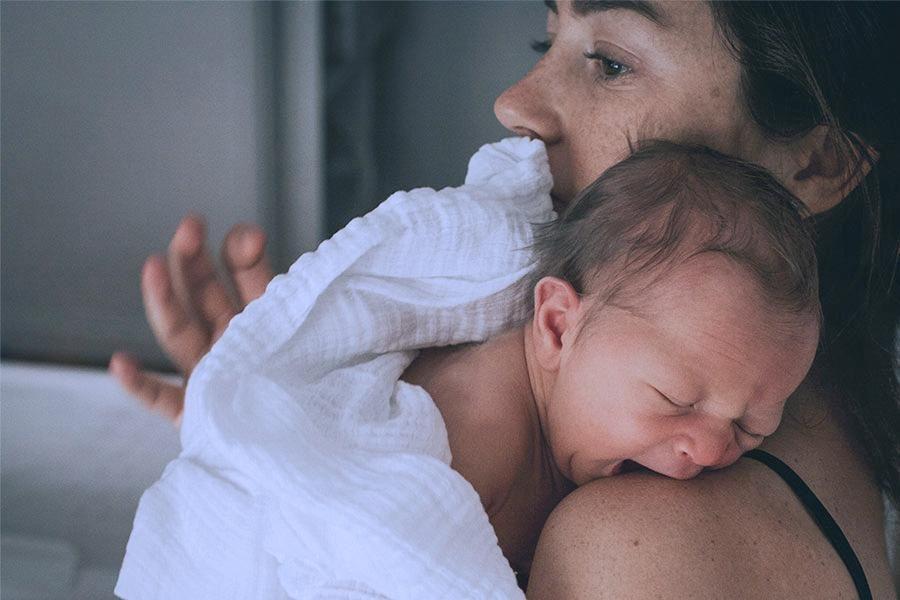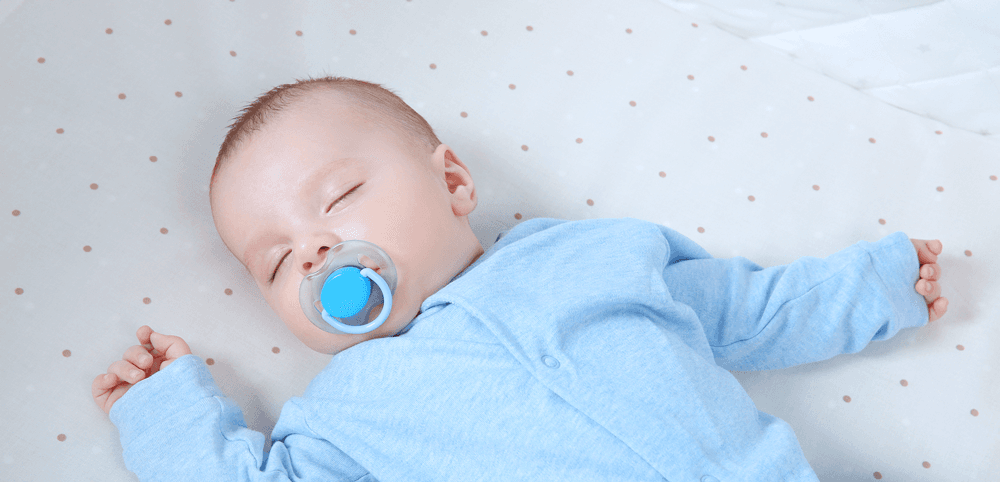Sunny days are one of the great joys of summer, and yet, soaking up those warm, golden rays can be…really risky! Melanoma tragically kills thousands of us every year, and just five bad sunburns can double a person’s chance of developing severe skin cancer.
Fortunately, simple sun protection goes a long way to protect not just our skin from sunburn… could also save our lives! And because kids and babies are especially vulnerable to the sun’s harsh beams, it makes it even more important that we practice sun safety.
Here are a few tips to follow before you head out for some fun in the sun!
Use sunscreen alternatives for babies under 6 months.
Babies under 6 months should not wear sunscreen. Instead, protect your little love in other ways: Find a shady place to sit (or put that stroller canopy to use), and dress your little one in a sun hat and loose-fitting clothing that cover her arms and legs.
Consider mineral sunscreens.
There are two types of sunscreens: 1) mineral sunscreens which work by forming a UV-deflecting barrier on the skin, and 2) chemical sunscreens, which create a chemical reaction that changes UV rays into heat. Of the 16 active ingredients used in sunscreen, the U.S. Food and Drug Administration has decided only two are conclusively safe and effective: zinc oxide and titanium dioxide. These are the two ingredients you will find in mineral sunscreen. Until more research is conducted, the jury is still out on other ingredients found in chemical sunscreens…some of which are actually absorbed in our skin. Some research indicates that one common chemical in particular, oxybenzone, may interfere with our hormones.
Because there is still a lot we do not know about the ingredients in chemical sunscreens, you may feel more comfortable sticking to mineral ones…especially when it comes to slopping it on your kids. To find a list of vetted sunscreens, take a look at the Environmental Working Group’s Sunscreen Guide.
Check your sunscreen’s expiration date.
Just like the eggs and milk in your fridge, your sunscreen has an expiration date! Using a sunscreen that is past its prime will not protect as promised. If you cannot read the date, but you know it is at least three years old, give that SPF the heave-ho!
Skip the sprays.
Sunscreen sprays may seem like a super convenient way to douse your on-the-go toddler in a hurry, but if inhaled, they can be dangerous. Aerosol sunscreens have been known to trigger asthma and cause serious coughing and wheezing. In fact, the U.S. FDA has issued a warning against aerosol spray sunscreen for kids.
Test your sunscreen before slathering it on your toddler.
If this is your first time using a certain sunscreen, put a tiny amount on the inside of your child’s wrist before you plan to use it. This way, you will find out if it irritates your kid’s skin before he has got it all over his body. If your child does have a negative reaction, such as redness or a rash, talk to your health provider to find out if there is a gentler version you can use instead.
Do not skimp on sunscreen application.
To properly cover a child’s body, you need to use about an ounce of sunscreen…if you need a visual, that is about one shot glass worth! For a child’s face, you need about a half a teaspoon. It is especially easy to apply too little when using stick sunscreens, so make sure you really lay it on thick!
Reapply, reapply, reapply!
I know, applying sunscreen to a wiggly toddler might feel a little like wrestling an alligator…but unfortunately, you may need to embark on that wrestling match a few times! Sunscreen does not work all day long. You need to reapply it every two hours…and anytime your child gets wet.
Remember, sunscreen is just one line of defense.
Though sunscreen is a crucial part of sun protection, it is not the only weapon in your arsenal! Keep your child (and yourself!) out of direct sunlight as much as possible—especially during the hours when the sun is the strongest (from about 10am to 2pm). Park yourself in the shade, and wear a hat, sunglasses, and protective clothing.
The sun can be endless fun for the whole family…as long as you practice some common sun sense!


